1)Wedeck, Harry E. Dictionary of aphrodisiacs. Open Road Media, 2021.
2)Bown, D. “Aroids Timber Press.” Portland Oragon, USA (1988).
3)Manniche, Lise. An ancient Egyptian herbal. University of Texas Press, 1989.
4)Sauer, Carl O. Agricultural origins and dispersals. The American Geographical Society, 1952.
5)Morgan, George R. “The ethnobotany of sweet flag among North American Indians.” Botanical Museum Leaflets, Harvard University 28.3 (1980): 235-246.
6)Dastur, J. F. “Medicinal Plants of India and Pakistan; DB Taraporevala Sons and Co.” Private ltd., Bombay (1962): 1-262.
7)Lama, S., and S. C. Santra. “Development of Tibetan plant medicine.” Science and Culture Calcutta 45.7 (1979): 262-265.
8)Li, Hui-Lin. “Hallucinogenic plants in Chinese herbals.” Botanical Museum Leaflets, Harvard University 25.6 (1977): 161-181.
9)Clarkson, Rosetta E. Magic gardens. 1992.
10)Jackson, Benjamin Daydon, ed. Catalogue of Plants Cultivated in the Garden of John Gerard, in the Years 1596-1599. Cambridge University Press, 2011.
11)Buell, Murray F. “History and uses of Calamus.” The American Botanist 41 (1935): 51-55.
12)Pandy, V., N. Jose, and H. Subhash. “CNS activity of methanol and acetone extracts of Acorus calamus leaves in mice.” Journal of Pharmacology and Toxicology 4.2 (2009): 79-86.
13)Vohora, S. B., Shaukat A. Shah, and P. C. Dandiya. “Central nervous system studies on an ethanol extract of Acorus calamus rhizomes.” Journal of ethnopharmacology 28.1 (1990): 53-62.
14)Hazra, Rimi, and Debjani Guha. “Effect of chronic administration of Acorus calamus on electrical activity and regional monoamine levels in rat brain.” Biogenic amines 17.3 (2003): 161-170.
15)VengadeshPrabu, K., et al. “Neuromodulatory effect of Acrous calamus leaves extract on dopaminergic system in mice.” International Journal of PharmTech Research 1.4 (2009): 1255-1259.
16)Shipochliev, T. “Pharmacological research into a group of essential oils-effect on the motor activity and general state of white mice in separate applications or after iproniazid phosphate.” Veterinarno-Meditsinski Nauki 5 (1968): 87-92.
17)Dandiya, P. C., et al. “Studies on Acorus Calamus, Part II: Investigation of Volatile Oil.” Journal of Pharmacy and Pharmacology 11.1 (1959): 163-168.
18)Dandiya, P. C., and H. Cullumbine. “Studies on Acorus calamus (III): some pharmacological actions of the volatile oil.” Journal of Pharmacology and Experimental Therapeutics 125.4 (1959): 353-359.
19)Dandiya, P. C., H. Cullumbine, and E. A. Sellers. “Studies on Acorus calamus (IV): Investigations on mechanism of action in mice.” Journal of Pharmacology and Experimental Therapeutics 126.4 (1959): 334-337.
20)Menon, M. K., and P. C. Dandiya. “The mechanism of the tranquillizing action of asarone from Acorus calamus Linn.” Journal of Pharmacy and Pharmacology 19.3 (1967): 170-175.
21)Dandiya, P. C., & Menon, M. K. (1965). Interaction of asarone with mescaline, amphetamine and tremorine. Life sciences.
22)Dandiya, P. C., and M. K. Menon. “Actions of asarone on behavior, stress, and hyperpyrexia, and its interaction with central stimulants.” Journal of Pharmacology and Experimental Therapeutics 145.1 (1964): 42-46.
23)Pandy, Vijayapandi, and Kamini Vijeepallam. “Antipsychotic-Like Activity of α-Asarone in Mice: A preliminary report.” Adv. Pharmacol. Clin. Trials 1 (2016): 000106.
24)Zanoli, Paola, Rossella Avallone, and Mario Baraldi. “Sedative and hypothermic effects induced by β‐asarone, a main component of Acorus calamus.” Phytotherapy Research: An International Journal Devoted to Pharmacological and Toxicological Evaluation of Natural Product Derivatives 12.S1 (1998): S114-S116.
25)Dasgupta, S. R., and PATRA BB. “PRELIMINARY STUDIES OF THE EFFECT OF A CHLOROFORM EXTRACTED FACTOR FROM ACORUS ALAMUS ON THE BEHAVIOR OF CONSCIOUS RHESUS MONKEY.” (1977).
26)Tripathi, A. K., and R. H. Singh. “Clinical study on an indigenous drug vaca (Acorus calamus) in the treatment of depressive illness.” J Res Ayur Siddha 16 (1995): 24-34.
27)Dhalla, N. S., and I. C. Bhattacharya. “Further studies on neuropharmacological actions of acorus oil.” Archives internationales de pharmacodynamie et de therapie 172.2 (1968): 356-365.
28)Derymedvid, L. V., L. A. Korang, and V. V. Tsyvunin. “The experimental study of psychotropic and neurotropic properties of Acorus calamus leaves.” (2019).
29)Manikandan, Sundaramahalingam, et al. “Protective effect of acorus calamus L INN on free radical scavengers and lipid peroxidation in discrete regions of brain against noise stress exposed rat.” Biological and Pharmaceutical Bulletin 28.12 (2005): 2327-2330.
30)Singh, M. “Acorus calamus an Indian medicinal plant: Its effect on escape avoidance learning and general activity in albino rats.” J Sci Res plant med 10 (1989): 34-45.
31)NISHIYAMA, Nobuyoshi, Yueping ZHOU, and Hiroshi SAITO. “Ameliorative effects of chronic treatment using DX-9386, a traditional Chinese prescription, on learning performance and lipid peroxide content in senescence accelerated mouse.” Biological and Pharmaceutical Bulletin 17.11 (1994): 1481-1484.
32)ZHANG, Yongxiang, et al. “Anti-aging effect of DX-9386 in senescence accelerated mouse.” Biological and Pharmaceutical Bulletin 17.6 (1994): 866-868.
33)Shukla, Pradeep K., et al. “Neuroprotective effect of Acorus calamus against middle cerebral artery occlusion–induced ischaemia in rat.” Human & experimental toxicology 25.4 (2006): 187-194.
34)Rabadia, Jay, et al. “Neuroprotective effect of Acorus Calamus on a rat model of parkinson’s disease induced by 6-hydroxydopamine.” Asian Journal of Pharmacology and Toxicology 2.03 (2014): 16-24.
35)Houghton, P. J., et al. “Acetylcholinesterase inhibition of oil from Acorus calamus rhizome.” Planta Medica 72.11 (2006): P_042.
36)Oh, M. H., et al. “Screening of Korean herbal medicines used to improve cognitive function for anti-cholinesterase activity.” Phytomedicine 11.6 (2004): 544-548.
37)Houghton, P. J., et al. “Asarones in Acorus calamus and their acetylcholinesterase inhibition.” JOURNAL OF PHARMACY AND PHARMACOLOGY. Vol. 58. 1 LAMBETH HIGH ST, LONDON SE1 7JN, ENGLAND: PHARMACEUTICAL PRESS-ROYAL PHARMACEUTICAL SOC GREAT BRITIAN, 2006.
38)Chopra, I. C., K. S. Jamwal, and B. N. Khajuria. “Pharmacological action of some common essential oil-bearing plants used in indigenous medicine. I. Pharmacological action of Acorus calamus, Curcuma zedoaria, Xanthoxylum alatum and Angelica archangelica.” The Indian journal of medical research 42.3 (1954): 381-384.
39)Madan, B. R., R. B. Arora, and K. Kapila. “Anticonvulsant, antiveratrinic and anti-arrhythmic action of Acorns calamus Linn.-an Indian indigenous drug.” Archives internationales de pharmacodynamie et de therapie 124 (1960): 201-11.
40)Arora, R. B. Cardiovascular Pharmotherapeutics of Six Medicinal Plants Indigenous to India. Hamdard National Foundation, 1965.
41)Kumar, M. Santosh, and Viswanatha Swamy Mallinathaiah Agadi Hiremath. “Cardioprotective effect of Acorus calamus against doxorubicin-induced myocardial toxicity in albino Wistar rats.” Indian Journal of Health Sciences and Biomedical Research (KLEU) 9.2 (2016): 225.
42)Mamgain, P., and R. H. Singh. “Control clinical trial of the lekhaniya drug vaca (Acorus calamus) in case of ischemic heart diseases.” J Res Ayur Siddha 15 (1994): 35-51.
43)Parab, Reshma S., and Sushma A. Mengi. “Hypolipidemic activity of Acorus calamus L. in rats.” Fitoterapia 73.6 (2002): 451-455.
44)Thakare, Malesh M., and Sanjay J. Surana. “β-Asarone modulate adipokines and attenuates high fat diet-induced metabolic abnormalities in Wistar rats.” Pharmacological research 103 (2016): 227-235.
45)Hao, Zhi-You, et al. “Alkaloids from the rhizomes of Acorus calamus and their PPARα, PPARγ, and glucokinase-activating activities.” Phytochemistry Letters 45 (2021): 37-43.
46)Haghighi, Samaneh Rahamooz, et al. “Anti-carcinogenic and anti-angiogenic properties of the extracts of Acorus calamus on gastric cancer cells.” Avicenna journal of phytomedicine 7.2 (2017): 145.
47)Bains, Jagmohan Singh, et al. “Novel lectins from rhizomes of two Acorus species with mitogenic activity and inhibitory potential towards murine cancer cell lines.” International immunopharmacology 5.9 (2005): 1470-1478.
48)Chen, Min, et al. “β‑asarone suppresses HCT116 colon cancer cell proliferation and liver metastasis in part by activating the innate immune system.” Oncology letters 21.6 (2021): 1-9.
49)Mehrotra, S., et al. “Anticellular and immunosuppressive properties of ethanolic extract of Acorus calamus rhizome.” International immunopharmacology 3.1 (2003): 53-61.
50)Shi, Guo-bing, et al. “Evaluation of the wound-healing activity and anti-inflammatory activity of aqueous extracts from Acorus calamus L.” Pakistan journal of pharmaceutical sciences 27.1 (2014).
51)Rafatullah, S., et al. “Anti-secretagogue, anti-ulcer and cytoprotective properties of Acorus calamus in rats.” Fitoterapia (Milano) 65.1 (1994): 19-23.
52)Shoba, F. Gricilda, and Molly Thomas. “Study of antidiarrhoeal activity of four medicinal plants in castor-oil induced diarrhoea.” Journal of ethnopharmacology 76.1 (2001): 73-76.
53)Gilani, Anwar ul Hassan, et al. “Antispasmodic effect of Acorus calamus Linn. is mediated through calcium channel blockade.” Phytotherapy Research: An International Journal Devoted to Pharmacological and Toxicological Evaluation of Natural Product Derivatives 20.12 (2006): 1080-1084.
54)Bose, B. C., et al. “Some aspects of chemical and pharmacological studies of Acorus calamus Linn.” Journal of the American Pharmaceutical Association (Scientific ed.) 49.1 (1960): 32-34.
55)Rajasekharan, S., and T. N. Srivastava. “Ethnobotanical study on vacha and a preliminary clinical trial on bronchial asthma.” Journal of Research in Indian Medicine, Yoga and Homoeopathy 12 (1977): 92-96.
56)Chandra, P. “A note on the preliminary study on Acorus calamus L. in the treatment of bronchial asthma.” Journal of Research in Ayurveda and Siddha 1.2 (1980): 329-330.
57)Yao, Xingang, et al. “Tatanan A from the Acorus calamus L. root inhibited dengue virus proliferation and infections.” Phytomedicine 42 (2018): 258-267.
58)Vashi, I. G., and H. C. Patel. “CHEMICAL-CONSTITUENTS AND ANTIMICROBIAL ACTIVITY OF ACORUS-CALAMUS LINN.” Comparative Physiology and Ecology 12.1 (1987): 49-51.
59)Vohra, S. B., et al. “Antibacterial, antipyretic, analgesic and anti-inflammatory studies on Acorus calamus Linn.” Annals of National Academy of Medical Sciences 25 (1989): 13-20.
60)Jain, S. R., P. R. Jain, and M. R. Jain. “Antibacterial evaluation of some indigenous volatile oils.” Planta medica 26.06 (1974): 196-199.
61)Vashi, I. G., and H. C. Patel. “CHEMICAL-CONSTITUENTS AND ANTIMICROBIAL ACTIVITY OF ACORUS-CALAMUS LINN.” Comparative Physiology and Ecology 12.1 (1987): 49-51.
62)Alankararao, G. S. J. G., and Y. Rajendra Prasad. “Antimicrobial property of Acorus calamus Linn: invitro studies.” Indian perfumer (1981).
63)Saxena, D. B., S. S. Tomar, and R. P. Singh. “Fungitoxicity of chemical components and some derivatives from Anethum sowa and Acorus calamus.” Indian Perfumer 34.3 (1990): 199-203.
64)KALEYSA, RAJ. “SCREENING OF SOME INDIGENOUS PLANTS FOR ANTHELMINTIC ACTION AGAINTS HUMAN ASCARIS LUMBRICOIDES.” (1974).
65)Singh, R. P., et al. “Nematicidal efficacy of some essential oils against Meloidogyne incognita.” Indian Perfumer 35.1 (1991): 35-37.
66)Sharma, R. D., C. Chaturvedi, and P. V. Tewari. “Helminthiasis in children and its treatment with indigenous drugs.” Ancient science of life 4.4 (1985): 245.
67)Subramaniam, T. V. “sweet flag (Acorus calamus) a potential source of valuable insecticide.” J. Bombay Nat. Hist. Sox 48 (1949): 338-341.
68)Khan MI (1986): Efficacy of Acorus calamus. L. rhizome powder against pulse beetle (Callosobruchus chinensis. L.). Pakistan Vet Res J10: 72.
69)Saxena, Bhaskar P., et al. “A new insect chemosterilant isolated from Acorus calamus L.” Nature 270.5637 (1977): 512-513.
70)Agarwal, D. C. “Insecticidal activity of Acorus calamus on stored grain insects.” (1973).
71)Saxena, B. P., and Eugenia B. Rohdendorf. “Morphological changes in Thermobia domestica under the influence of Acorus calamus oil vapours.” Experientia 30.11 (1974): 1298-1300.
72)Yao, Yingjuan, et al. “Isolation and characterization of insecticidal activity of (Z)‐asarone from Acorus calamus L.” Insect Science 15.3 (2008): 229-236.
73)Unger, Pascal, and Matthias F. Melzig. “Comparative study of the cytotoxicity and genotoxicity of alpha-and beta-asarone.” Scientia pharmaceutica 80.3 (2012): 663-668.
74)Olas, Beata, and Magdalena Bryś. “Is it safe to use Acorus calamus as a source of promising bioactive compounds in prevention and treatment of cardiovascular diseases?.” Chemico-biological interactions 281 (2018): 32-36.
75)Shah, Payal D., et al. “Toxicity study of ethanolic extract of Acorus calamus rhizome.” International Journal of Green Pharmacy (IJGP) 6.1 (2012).
76)Chen, Chu, Daniela Spriano, and Beat Meier. “Reduction of β-asarone in Acori Rhizoma by Decoction.” Planta medica 75.13 (2009): 1448-1452.
77)Ahlawat, Anita, et al. “Genetic diversity in Acorus calamus L. as revealed by RAPD markers and its relationship with β-asarone content and ploidy level.” Scientia Horticulturae 124.2 (2010): 294-297.
78)Ogra, R. K., et al. “Indian calamus (Acorus calamus L.): not a tetraploid.” Current Science (2009): 1644-1647.

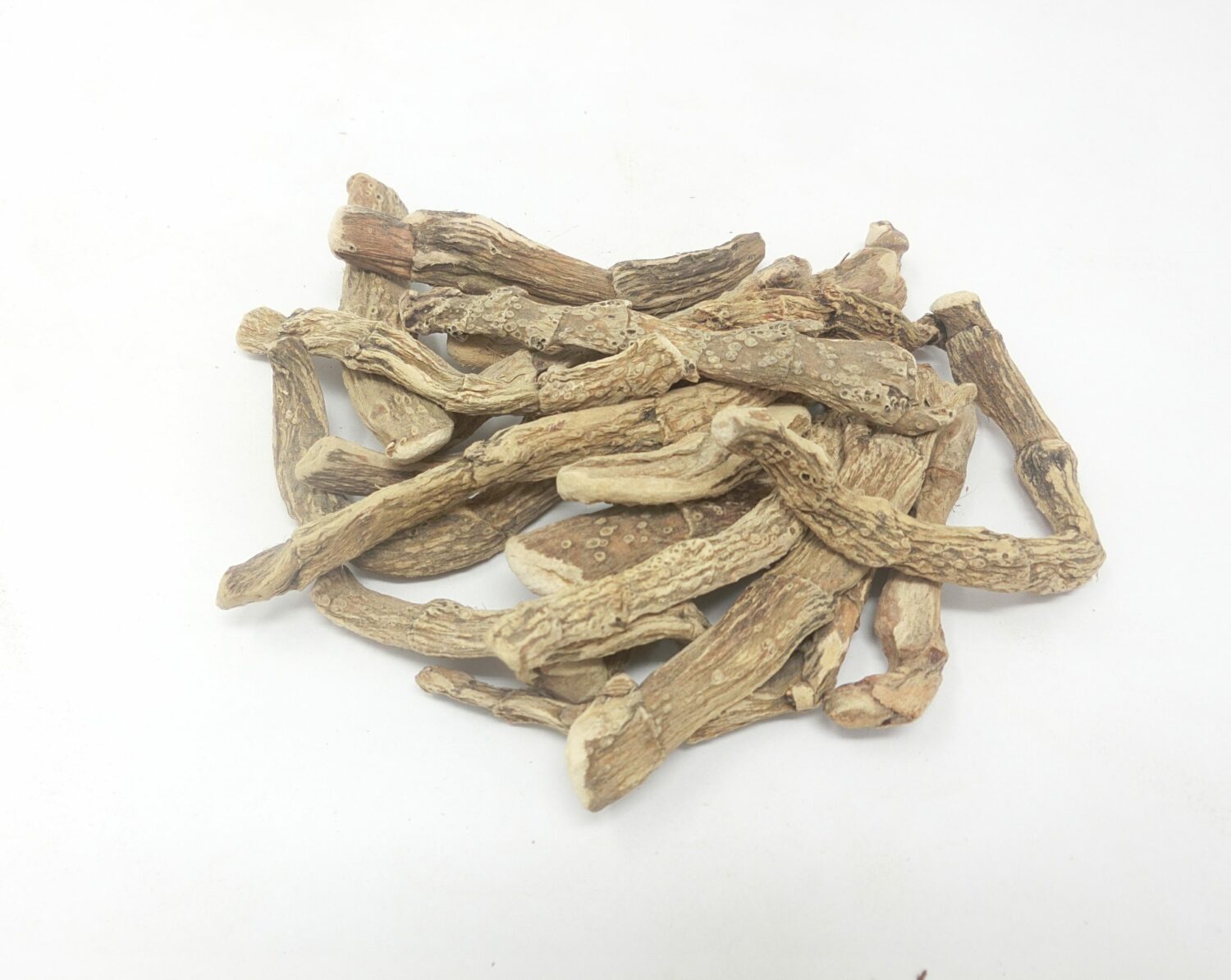
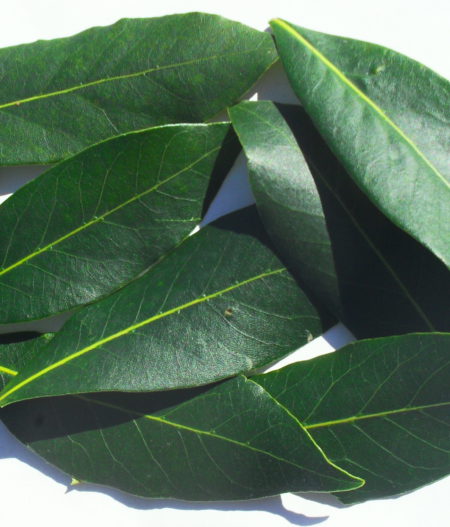
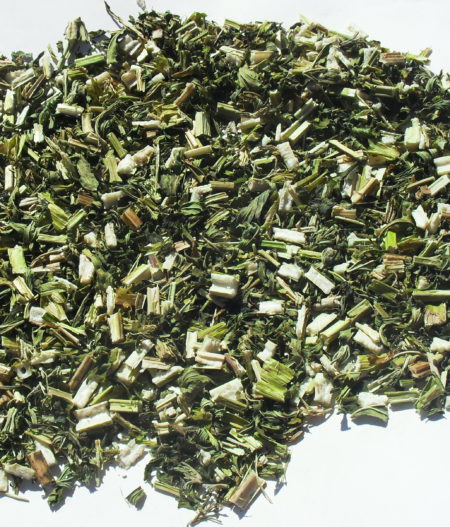
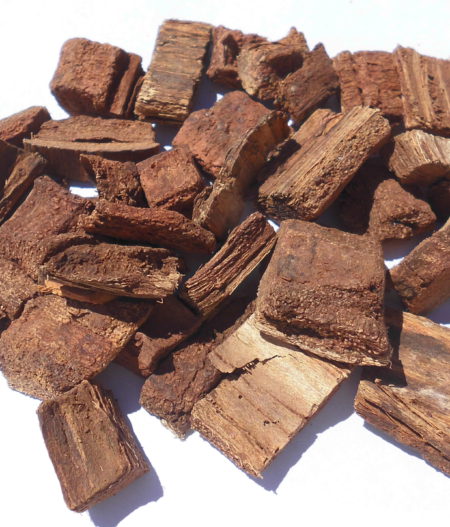
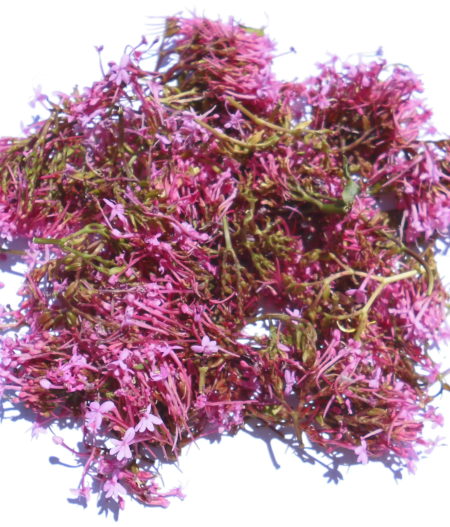

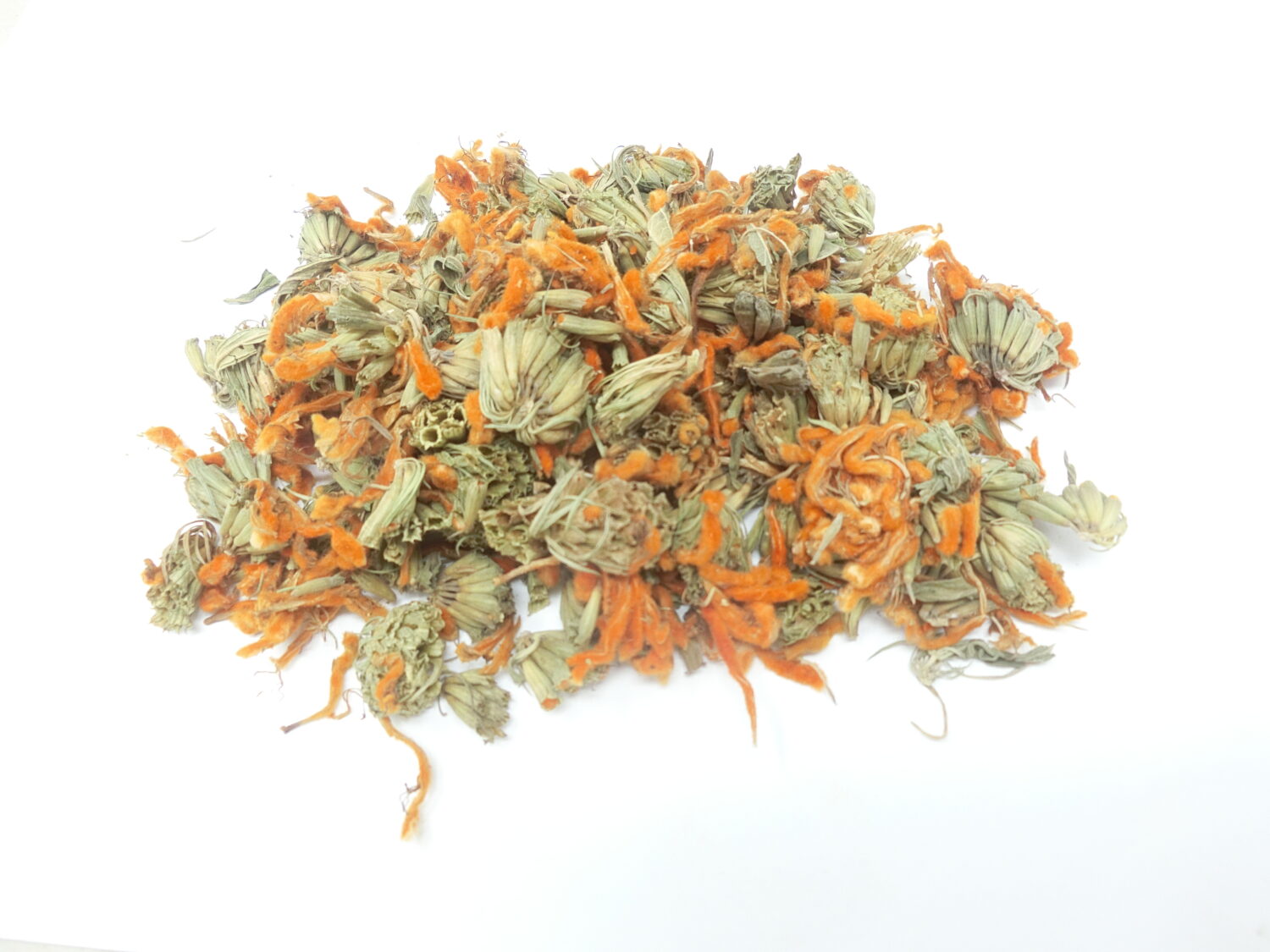
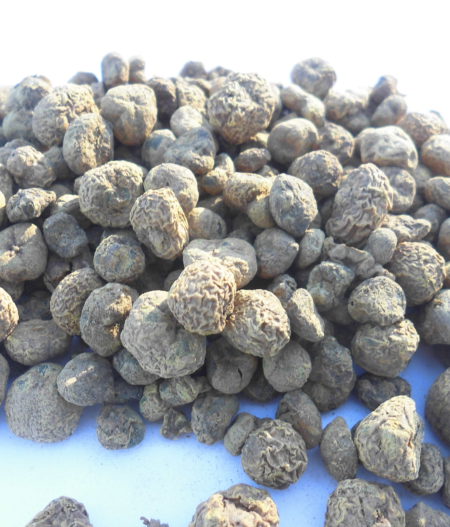
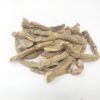
Mirko –
Fa il suo dovere, meglio come tintura